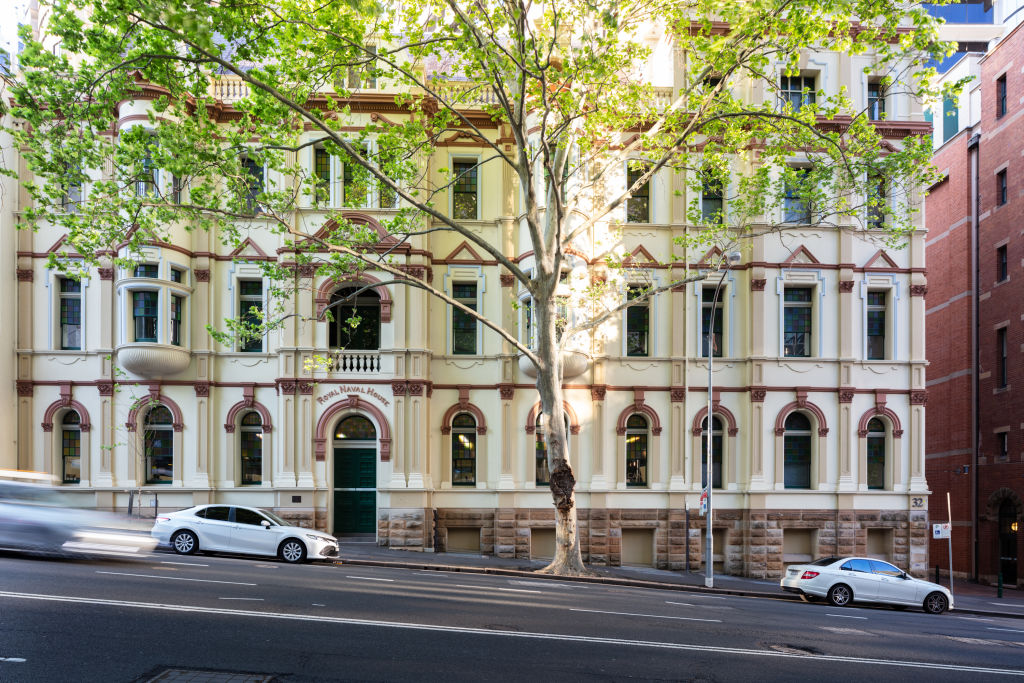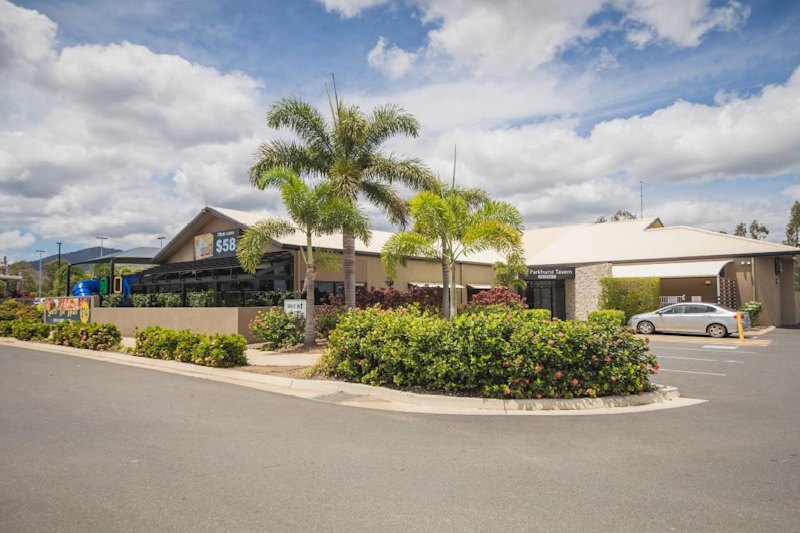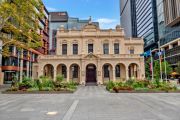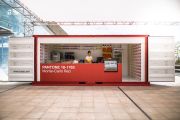
How historical buildings are becoming modern workspaces
There’s something curiously inspiring about an office space housed within a historical building, especially for those working in creative industries. It’s almost as if the lightbulb moments of multiple generations are woven into the fabric of walls, floors and beams.
Garry McDonald, associate director at consultants GBA Heritage, says older buildings can present a decorative character quite different from today that tells a story of a bygone era.
“People are drawn to historic buildings because they provide a reference point to a past era that they have not experienced, and an aesthetic that is relatively unusual and likely to be historically fascinating,” he says.
John Derrick, executive director of Grosvenor Place in Sydney’s CBD, believes a business needs personality.
“A company is very much a function of its people,” he says. “If you put them in a workplace that has character and culture, you and your business will thrive.”
While Grosvenor Place is perhaps best known for its 44-storey Harry Seidler tower, it’s also home to Royal Naval House, a former amenities building for the Royal Australian Navy, built circa 1890 and now available for lease.
“The main office tower has its own personality; it’s a modernist icon,” Derrick says. “But it’s a joy to be able to have a historically significant Queen Anne-style heritage building attached to it, with its own character. It could serve one business to create its own particular identity.”
The conversion of older buildings into modern workspaces confers benefits not only on the privileged workers who take up residence but also on city streets with the activation of property that may have been neglected or left vacant for many years.
“If a building doesn’t have a use, it doesn’t have a life and may lose meaning in the community,” McDonald says, arguing that adapting historical buildings for office use is an essential element in conservation and sustainability.
Of course, it takes a skilled team to adapt a 19th-century gem for 21st-century office workers sensitively. McDonald says success is dependent on the procurement team having a compatible attitude towards heritage.
“[There needs to be] an owner who loves the building, and architects, designers and engineers who ‘get’ heritage and don’t try to ignore or battle against what they have to start with,” he says.
A heritage-experienced builder who comes with suitable trades is also key to success.
“The better heritage projects are evident by allowing the original building to present itself, coexisting with the contemporary, and without being hammered into submission,” says McDonald.
At Royal Naval House, beyond the Queen Anne Revival facade, you’ll find a sun-filled central atrium, Federation-era stained-glass windows, the original staircase and period detailing across the five floors. It also boasts 5.5-star NABERS Energy and Water ratings.
Importantly, says Derrick, the character of the building has been retained but now offers all the requisite amenities expected by today’s workers, with none of the disadvantages of some heritage buildings.
“When you step into the main, light-filled atrium, it’s stunning and different,” he says. “And when you walk onto the floor plates, you’ve got very workable, modern floor plates that you can fit out as an office with character. You haven’t got the kind of awkward little areas that some heritage buildings present.”
Royal Naval House also comes with a premium level of services and facilities, including a full-service concierge, hotel-style end-of-trip facilities, a business lounge and extensive car parking. And it has a central location, close to trains, buses, the light rail and ferries. There are cafes and restaurants on-site and access to additional meeting rooms and collaboration zones.
Derrick says the rich history of the Royal Naval House provides old-world charm while offering every modern convenience.
“More than ever, organisations need to create the kind of workspace that fosters a strong culture and encourages people who want to be at work. Royal Naval House allows a business to create its own identity within a culturally significant building, and at the same time work in a very modern way.”
This article was created in partnership with Royal Naval House.










